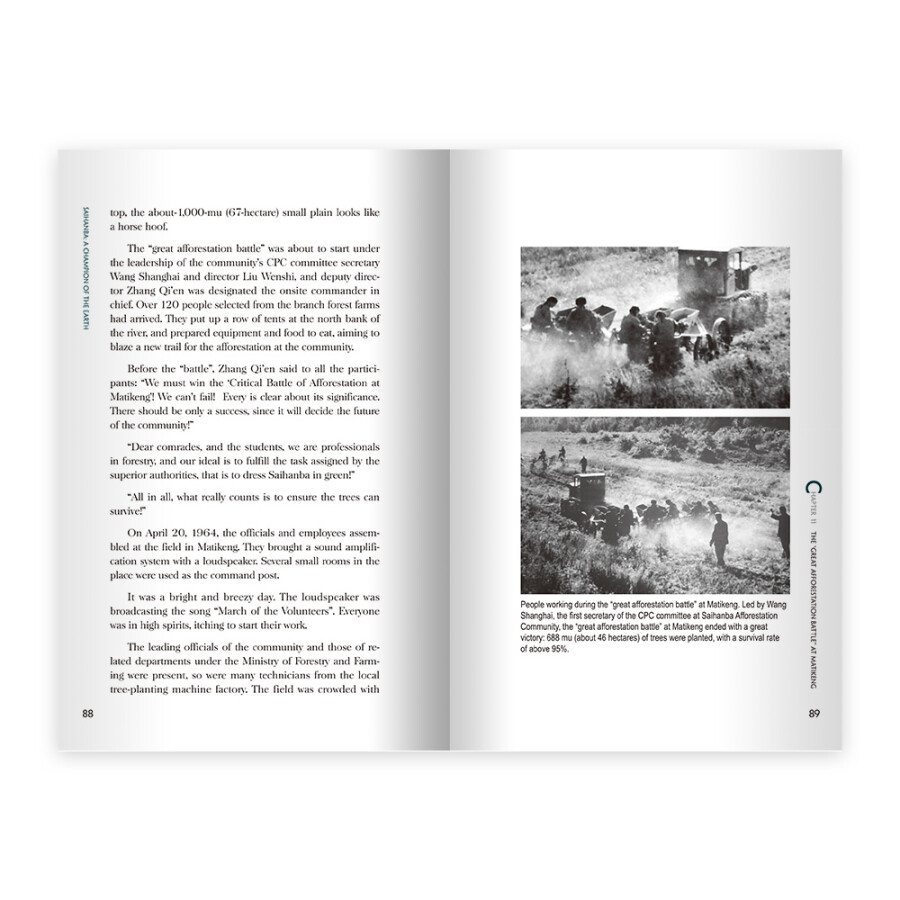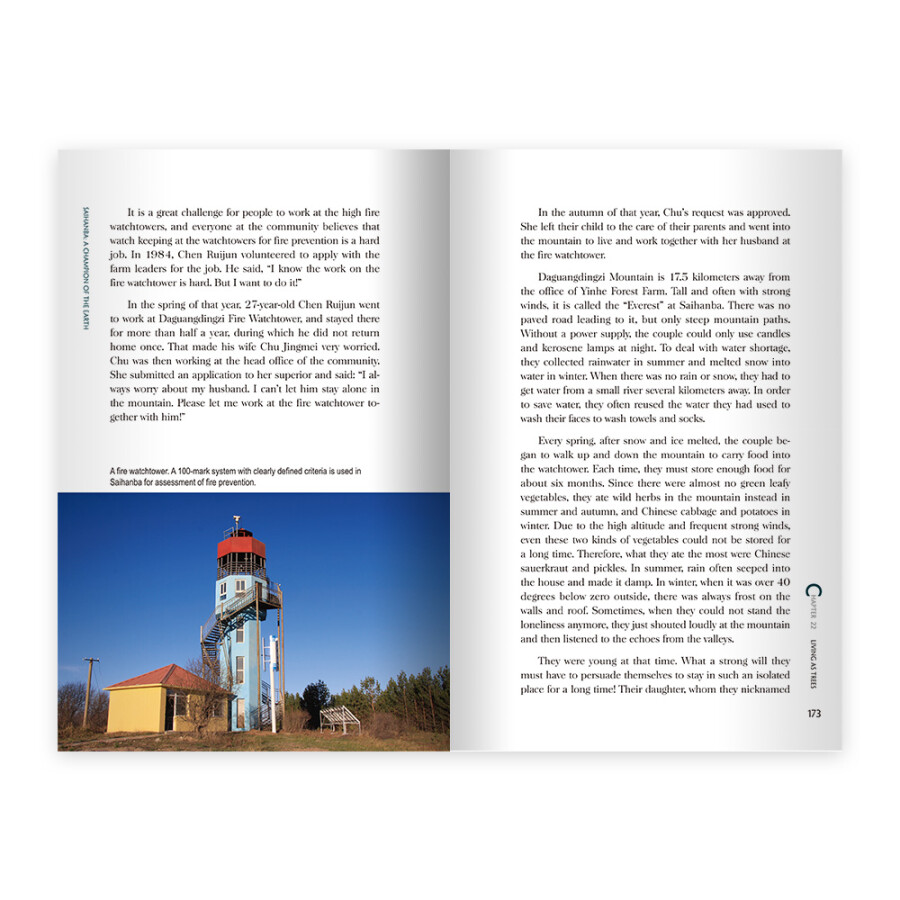

Deng Baozhu, a technical supervisor at Disanxiang Forest Farm, was called by his colleagues the “Best Implementer”. Why?
The common practices of most people were to plant saplings and then, if some of the saplings died, replace them with new ones. However, Deng believed that replanting saplings could lead to extra transportation and redigging pit and therefore involved higher cost. But, it was inevitable that some saplings would die after being planted in the fields. What is the remedy?
He believed it was not a small problem when tens of thousands mu of trees were planted across the community each year.
Therefore, he thought about the problem over and over again, and finally came up with an idea. Actually, the solution was not complicated. He required the people working in the fields under his supervision to plant a row of reserve saplings (just like backups in sports games) every ten rows of saplings. The difference was that the reserve saplings should be more robust than the other ten rows of saplings so that they could be used to substitute for the dead saplings and could grow as fast as the other survived. In this way, there was no need to transport saplings from far away, and time and efforts could be saved. Most importantly, higher survival rate of saplings could be achieved.